
Write what you are looking for and press enter to begin your search!

Live News
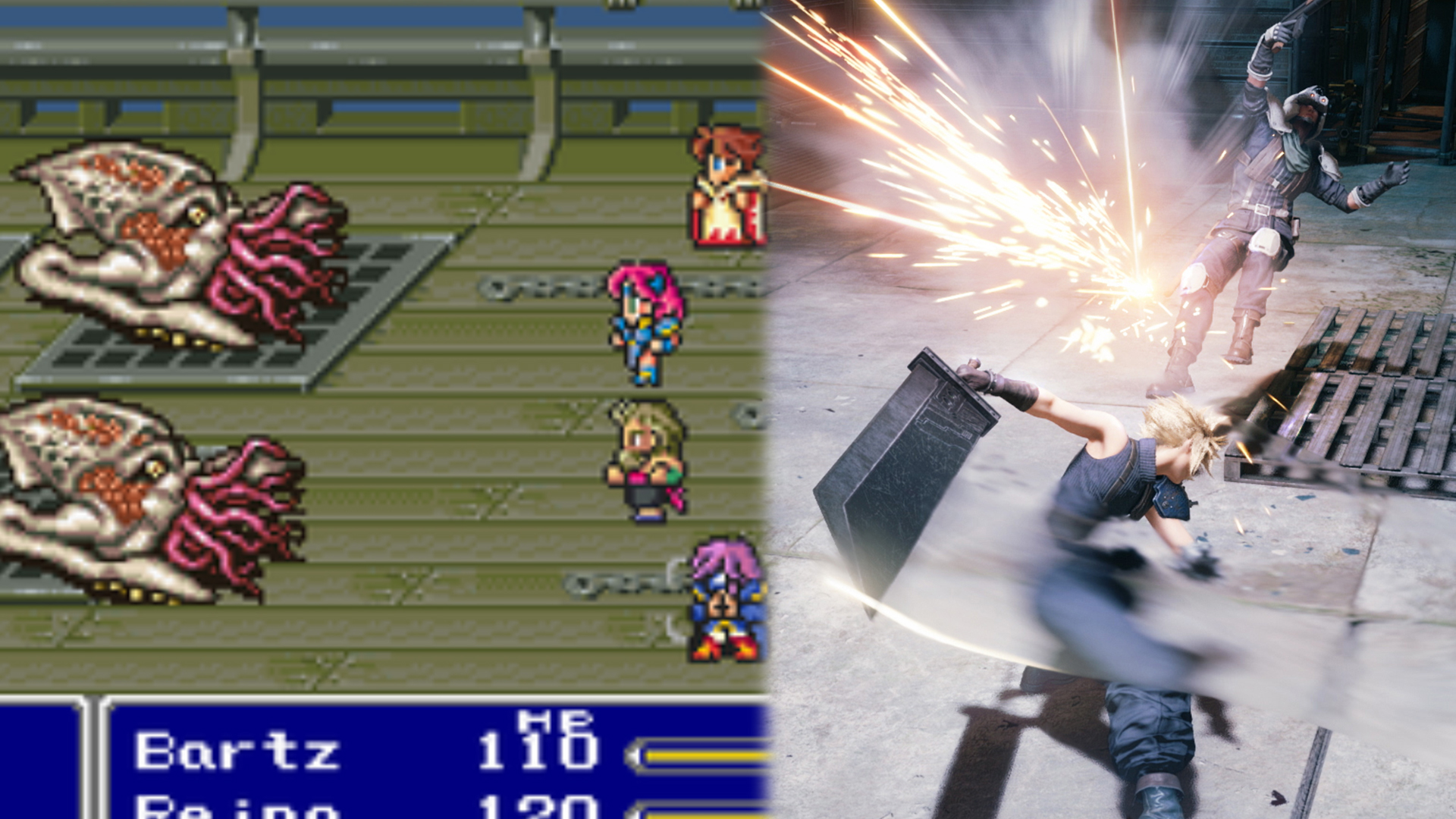

How Three Decades of Final Fantasy Shaped VII Remake’s Combat [Part 1]
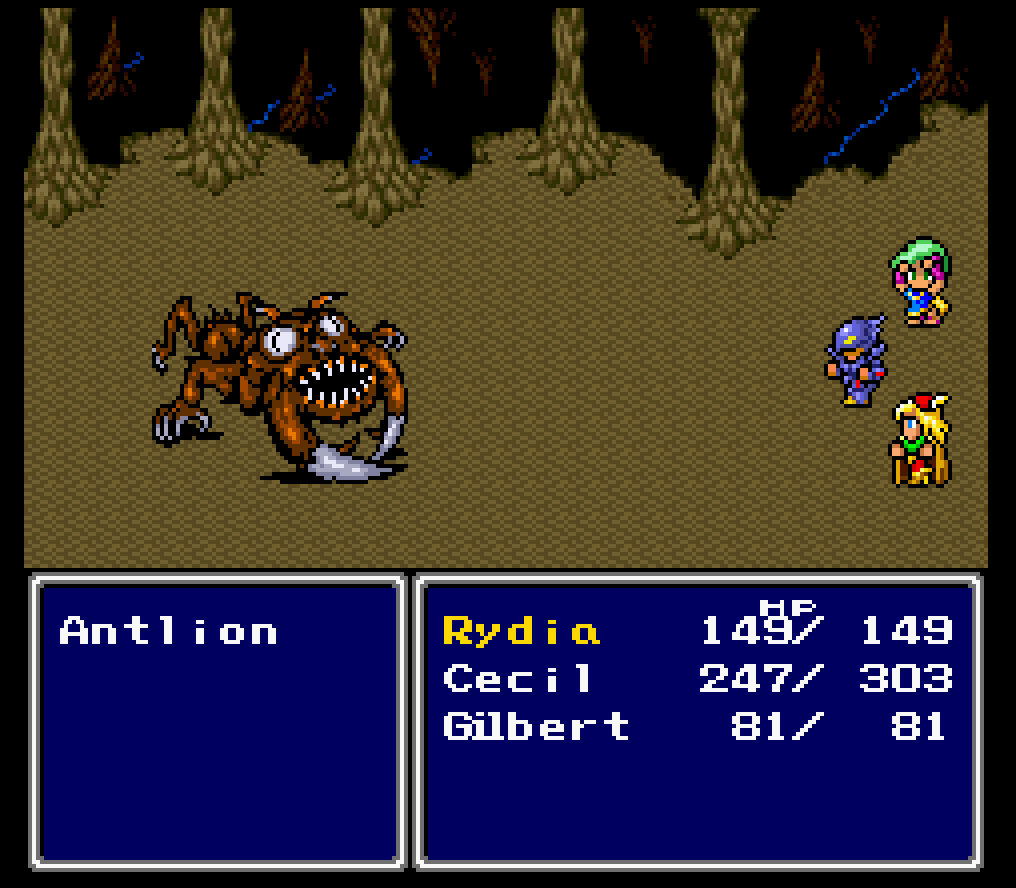
After three games of enriching the series’ RPG elements, Square considered making battles more fluid. With this in mind, the new Final Fantasy IV (1991) would revamp the traditional turn-based formula with something called the Active Time Battle (ATB) system.
Designed by Hiroyuki Ito, this system added a time gauge for each character (ATB gauge) that would slowly fill. Rather than interchanging turns like in tabletops, characters could only perform an action after the gauge had filled up. This gauge would also only deplete once an action was performed, meaning that unlike before, time had become a valuable resource.Â
Quick decision-making became key, as enemies also acted under the same ATB concept. Rather than deliberating a plan in battle, it was more important to have prepared solutions for various situations. This small shift in philosophy set off a ripple in the series, and the ATB system would become one of Final Fantasy’s most prominent systems.
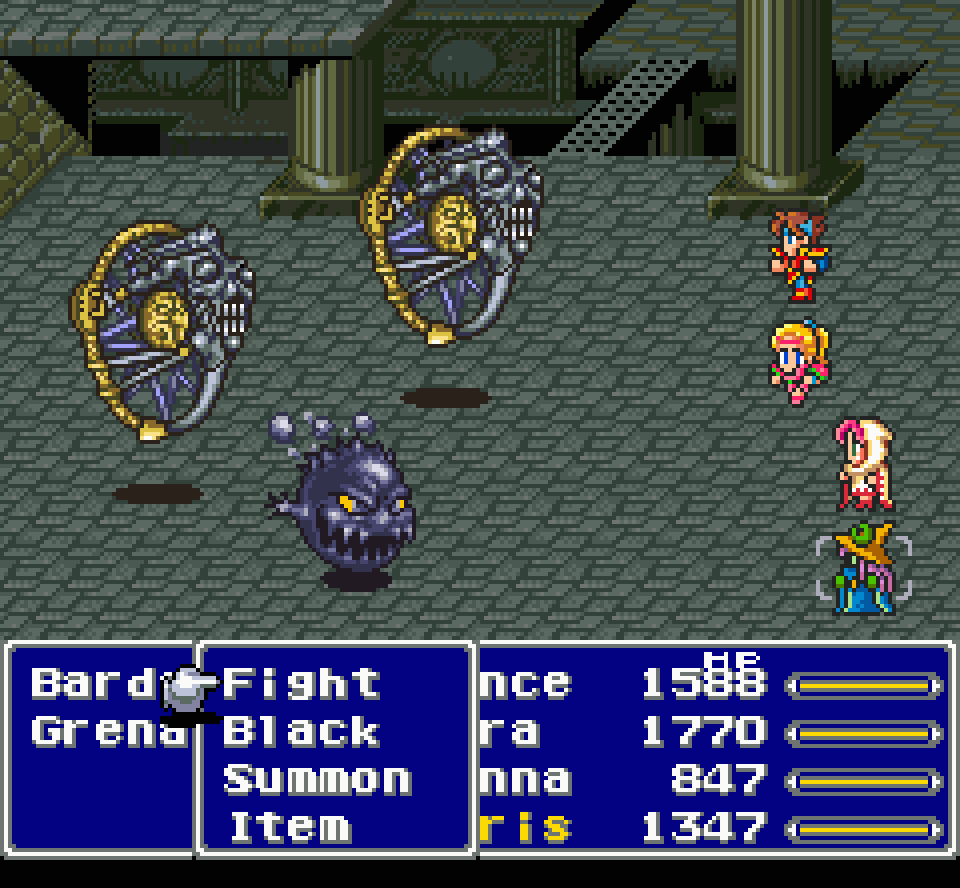
With the success of FFIV, the ATB system made a return in Final Fantasy V (1992). While FFIV featured characters with fixed classes and fewer customization options to accommodate its melodramatic storytelling, FFV sought to build on the level of customizability that FFIII presented.
Class switching made its comeback, but with a twist. Characters could level their jobs like in FFIII, but in turn, unlock new sub-abilities that they could equip and use at any time. These sub-abilities offered an unprecedented level of customization. A Thief who can cast Time Magic, a White Mage capable of absorbing attacks – the list went on. The only limitation was that a character’s main job was biased towards certain stat attributes, which then limited the effectiveness of some abilities.
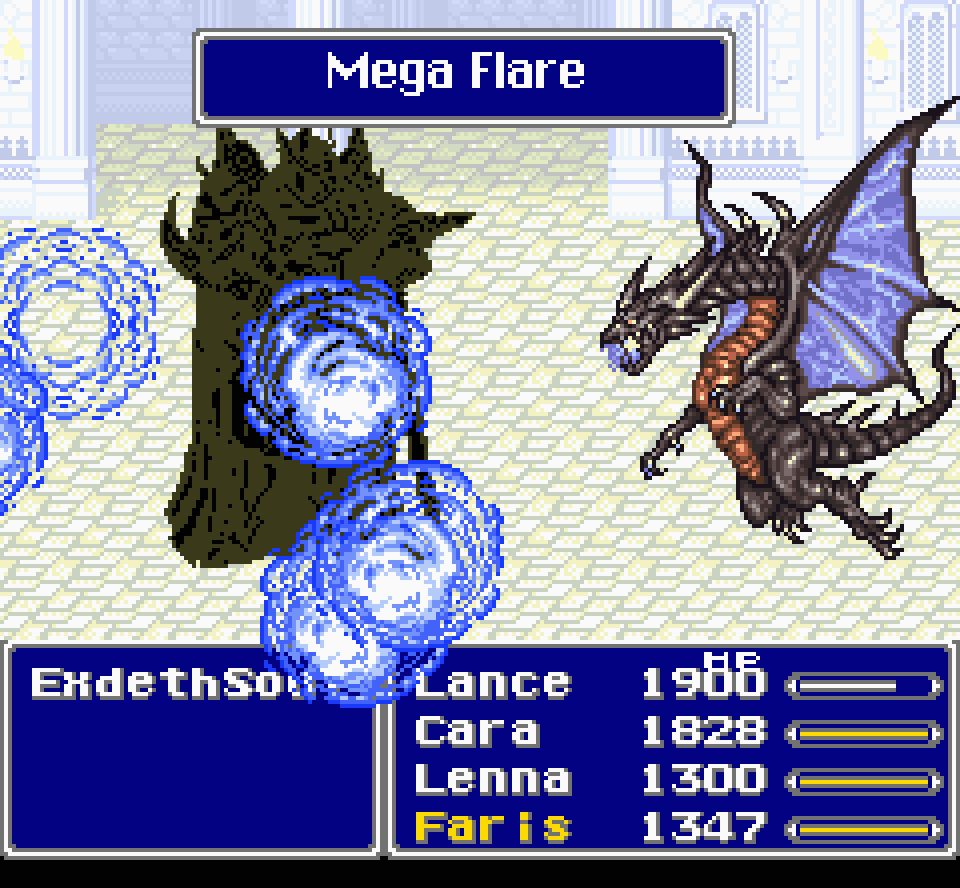
FFV would be the last time that Final Fantasy saw a flexible job system, at least not until its 11th instalment. Nevertheless, FFV’s job system still retains a solid influence, with a similar focus on class switching and sub-abilities being reused in some of Square Enix’s newer IPs such as Bravely Default and Octopath Traveler.
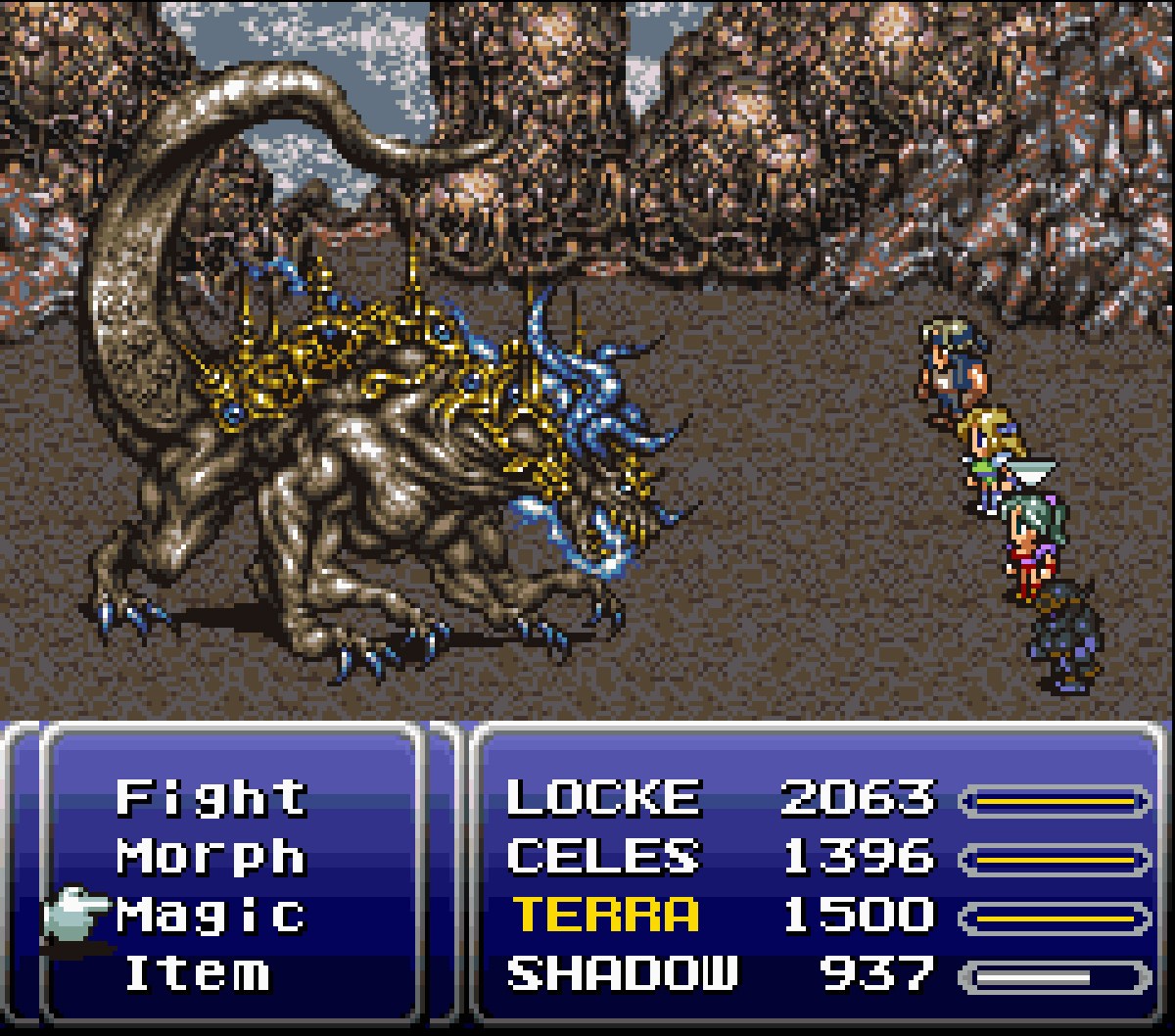
The next game in the series, Final Fantasy VI (1994), represented a passion project in terms of pushing storytelling. Summons became known as Espers, and would sit at the centre of the game’s lore. Like in FFIV, each character had their own specialized class, personality, and backstory.
FFVI was the first game in the series to introduce character swapping within a party. Most of the previous Final Fantasy games only featured four heroes in their stories, and though FFIV had a big cast, characters joined and left the party based on the plot. In FFVI, the party limit remained at four characters, but players were now given the opportunity to decide their preferred party composition through a dedicated menu. The main playable cast was unusually large with a possible total of 14 characters by the end of the game.
Much of the combat in FFVI iterated on the systems of past games. There was the ATB system, unique commands for each character, row formations, and more, all implemented together to create Square’s most ambitious game yet. With these pieces, the game went on to become a resounding success, though it admittedly did little to reinvent its core gameplay.
This isn’t to say that FFVI’s combat was not significant, though. New in the game were Magicite Shards, which could be equipped by characters to give them access to magic, provide stat boosts, as well as allow the calling forth of summons.
Another notable addition was a hidden feature called the Desperation Attack system. If characters were on the verge of death, the game would provide them with a 1/16th chance of performing a Desperation Attack upon using the Attack command. These Desperation Attacks were interesting in that they were ultimate abilities unique to each character.
Though fulfilling the conditions of a Desperation Attack was nigh impossible on most regular playthroughs, the existence of this system alone signalled Square’s commitment to creating an individualized cast in both story and gameplay – an idea that would feature more prominently in their next Final Fantasy title.
And you also have to admit: seeing one of the game’s stronger characters suplex a ghost train is a sight to behold.
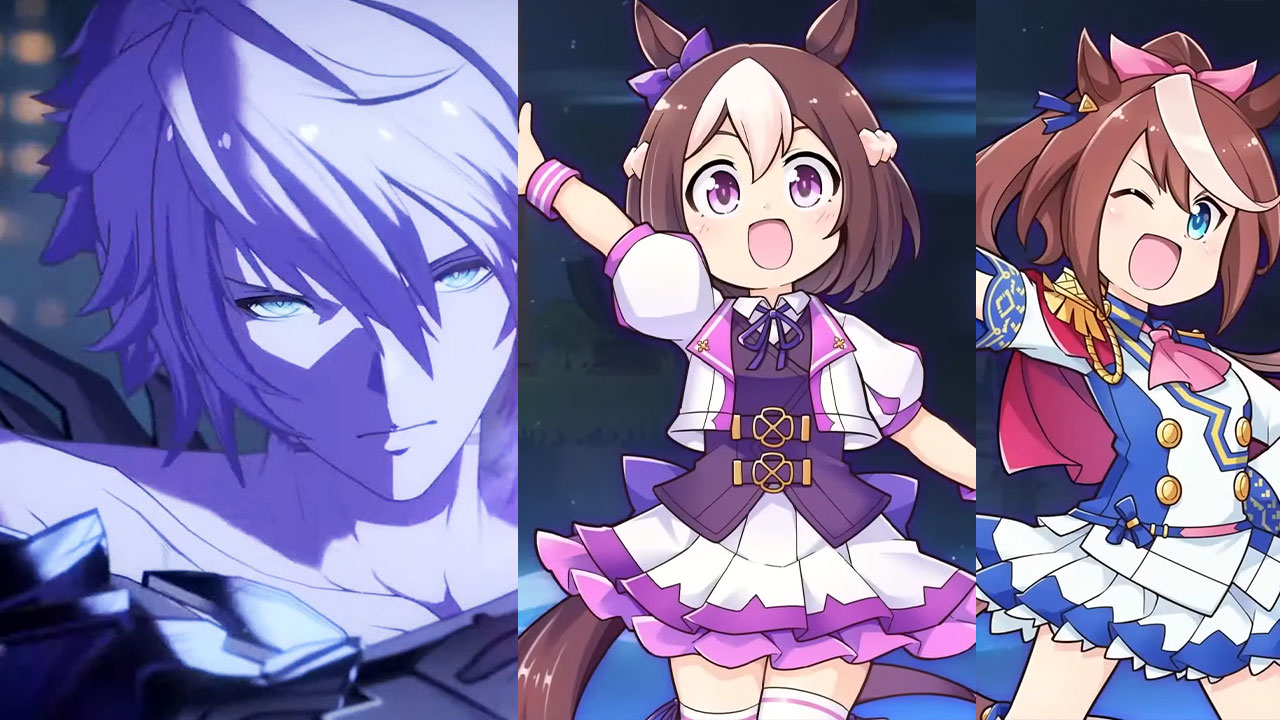
By Mr Toffee|December 2, 2023
Cygames has announced several additions to its upcoming 2D fighting game Granblue Fantasy Versus Rising, the next major update/sequel to a 2D fighting...
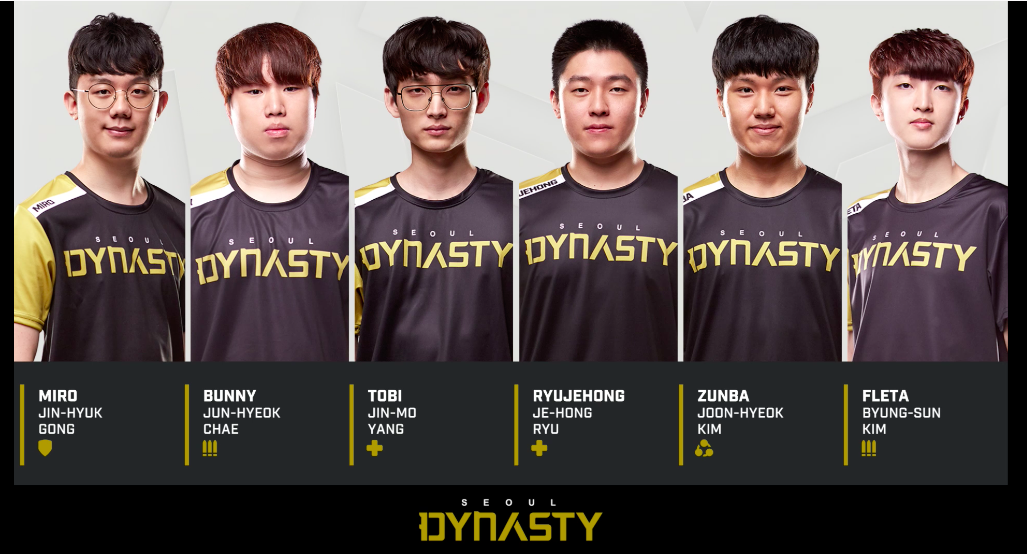
By Kenn Leandre|February 10, 2018
In one of the most unprecedented outcomes from Stage 1 of the Overwatch League so far, the Seoul Dynasty will miss out from the Stage 1 Playoffs after...
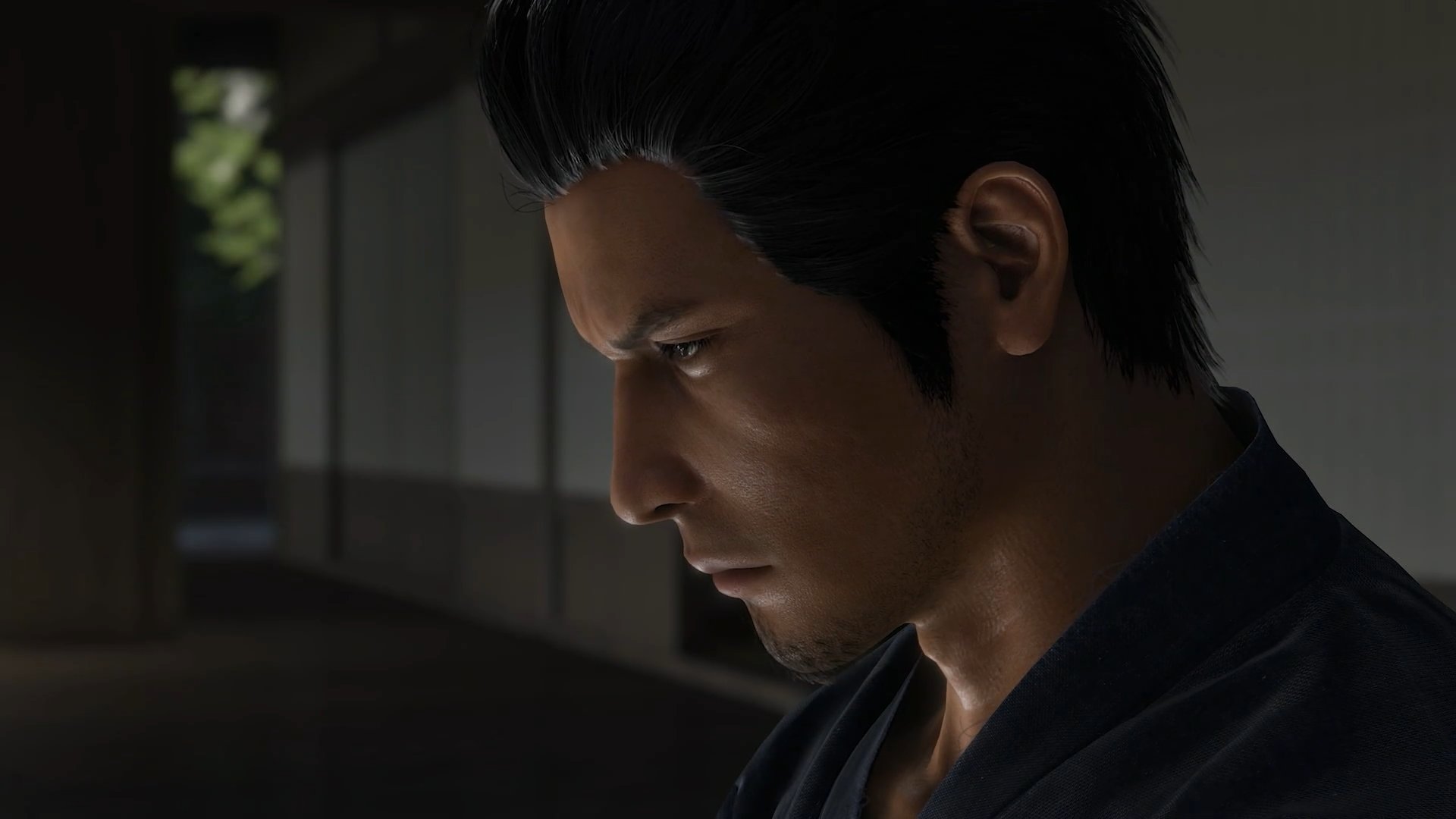
By Mr Toffee|September 14, 2022
Sega and its Ryu Ga Gotoku Studio has announced a side story game taking place between major Yakuza titles. The spin-off game is called Like A Drag...

By Mr Toffee|February 2, 2024

By Team KKP|July 1, 2023

By Alleef Ashaari|August 2, 2021

By Alleef Ashaari|February 9, 2022

By Mr Toffee|February 2, 2024

By Team KKP|July 1, 2023
Copyright @ Kakuchopurei 2024